Have you ever filled up your phone storage right before a special moment? It’s like running out of gas on the way to a concert. Memory cards and storage space matter for every photo lover.
The question of how many photos a 32GB card can hold seems simple, but the answer has more layers than you might expect.
Let’s examine the factors that affect photo storage capacity and help you determine exactly how many memories you can store on a 32GB card.
What Affects Storage Capacity for Pictures?
The number of photos you can store on a 32GB card depends on several factors. First, the file format makes a big difference.
JPEG files take up less space than RAW files. Second, the quality setting of your camera affects file size. Photos taken at high quality need more space than those at lower quality.
Also, your camera’s megapixel count plays a key role. A 24-megapixel camera creates larger files than a 12-megapixel one.
The settings you use matter too – higher ISO, better color depth, and extra camera features can add to file size.
Even the content of your photos matters.
Complex scenes with lots of details and colors create bigger files than simple ones with solid backgrounds. These factors work together to decide how many photos will fit on your card.
Explanation of Different File Types (JPEG, PNG, RAW, etc.)
Every digital photo gets saved in a specific file format. Each type has its own way of storing data, which affects how much space it takes up on your memory card.
- JPEG: The most common format that balances good quality with smaller file sizes. Most phones and cameras use this as the default setting.
- PNG: Offers better quality than JPEG but creates larger files. Great for images that need clear text or graphics with sharp edges.
- RAW: The highest quality format that captures all data from your camera’s sensor. These files are very large but give you the most editing options later.
- TIFF: Used by professionals for high-quality prints. These files are uncompressed and take up lots of space but maintain full image quality.
- GIF: Best for simple animations and graphics with few colors. Not typically used for regular photos due to color limitations.
- HEIF/HEIC: A newer format that offers better compression than JPEG while maintaining similar quality, helping you store more photos.
Influence of Picture Resolution (e.g., 12MP, 24MP) on file size
Resolution directly impacts how large your photo files will be. Higher numbers mean more detailed photos but larger file sizes.
- 8MP Files: Common in older phones, these create smaller files around 1-3MB each. Good for basic sharing and viewing on screens.
- 12MP Files: Standard for many current smartphones, producing 3-5MB files with decent detail for everyday photos.
- 16MP Files: Mid-range camera resolution creating 5-8MB files, suitable for small prints and good digital viewing.
- 24MP Files: Found in many DSLR cameras, these files range from 8-12MB and work well for larger prints.
- 36MP Files: High-end camera resolution creates 15-25MB files with excellent detail for professional work.
- 45MP+ Files: Premium camera resolution producing 25-60MB files with maximum detail for large-format printing.
Understanding the Storage Capacity of 32GB
A 32GB memory card doesn’t actually give you the full 32GB for storing photos. This happens because storage manufacturers count 1 GB as exactly 1,000 MB, but computers count it as 1,024 MB.
Plus, some space gets used by the card’s file system. These factors combine to reduce the actual space you can use for your photos.
| Storage Component | Space Used | Percentage |
|---|---|---|
| Total Advertised Capacity | 32GB | 100% |
| File System Overhead | 0.5-1GB | 1.5-3% |
| Hidden System Files | 0.3-0.5GB | 1-1.5% |
| Formatting Requirements | 0.2-0.4GB | 0.5-1% |
| Actual Usable Storage | 30-31GB | 94-97% |
How Many Pictures Can 32GB Hold?
A 32GB memory card offers more space than you might think. With a standard 12MP smartphone, you can snap about 7,500 photos before running out of room.
Using a 24MP DSLR camera means you’ll still fit around 3,800 JPEG images. Even professional photographers using RAW format at 24MP can store 1,200 high-quality shots.
The numbers change with camera quality – an 8MP budget phone might store 10,000 photos, while a top-end 45MP camera only fits 600 RAW files.
These estimates assume typical scenes, but remember that taking photos of complex subjects with lots of colors might fill your card faster than expected.
How to Maximize Your 32GB Storage
Want to squeeze every last photo onto your 32GB card? These simple tricks can help you store more images without buying extra storage.
- Lower Your Resolution Settings: Reduce your camera’s megapixel setting for everyday photos that don’t need maximum quality.
- Use Efficient File Formats: Switch from RAW to JPEG when shooting casual photos, or try newer formats like HEIF that offer better compression.
- Clean Up Regularly: Delete blurry, duplicate, or unwanted photos right after shooting to free up space for new memories.
- Adjust Quality Settings: Most cameras have quality options (Fine, Normal, Basic) – using Normal is often enough for casual photography.
- Batch Process Before Storing: Use photo software to optimize and compress images before keeping them permanently on your card.
Wrapping It Up
Now you know exactly how many photos your 32GB card can hold based on your camera type and settings. The next time you head out to take pictures, you’ll be better prepared.
Remember that a 12MP phone stores about 7,500 photos, while a pro-level camera might only fit 600 RAW files on the same card.
If you need more space, try the tips we shared to maximize your current storage or consider upgrading to a larger solution. The right choice depends on your photography needs and budget.
What will you do with your photo storage knowledge? Perhaps it’s time to clean up those old blurry shots or invest in that 128GB card you’ve been eyeing.


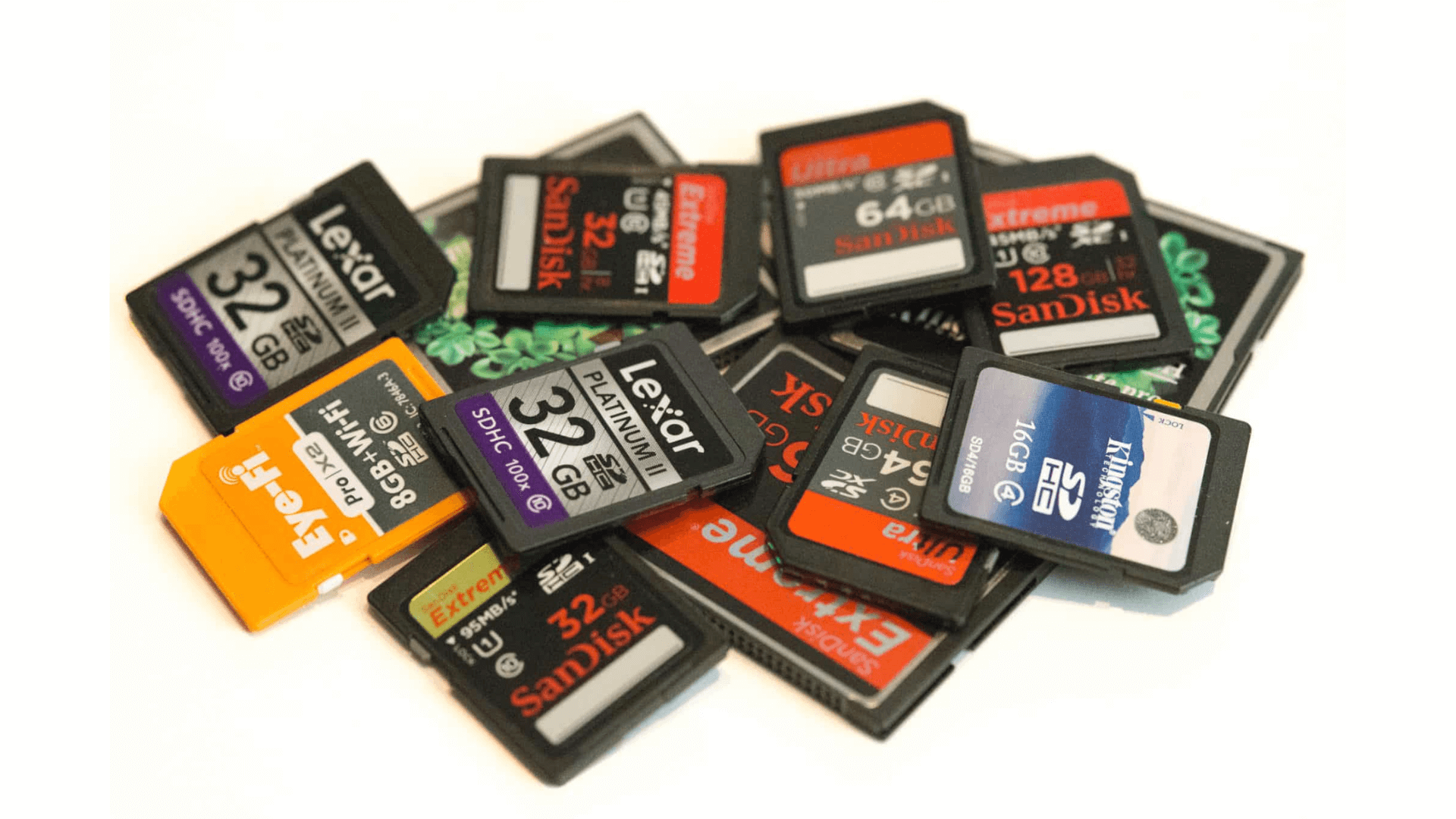


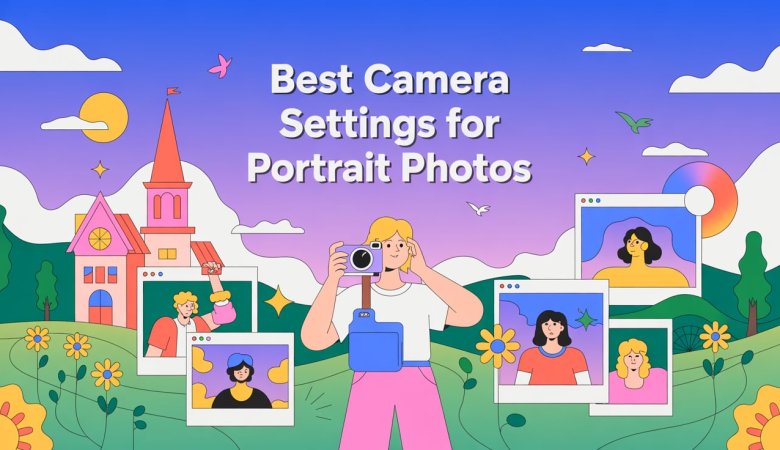
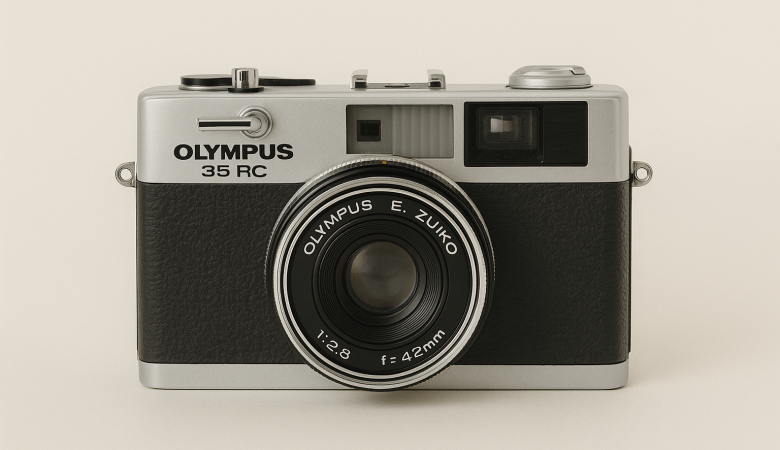
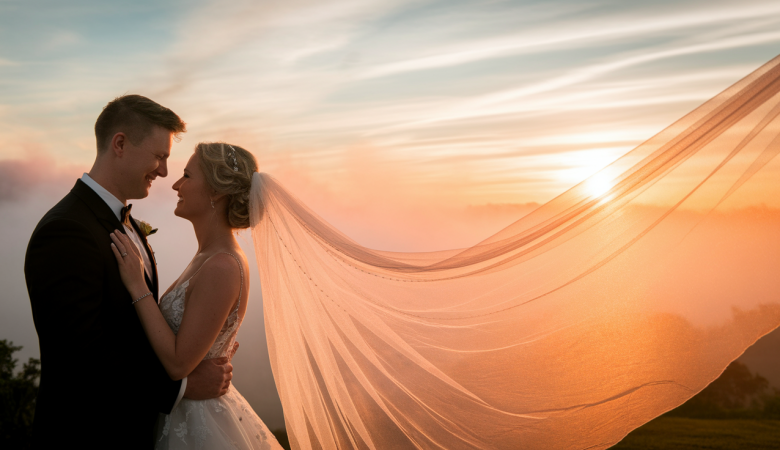
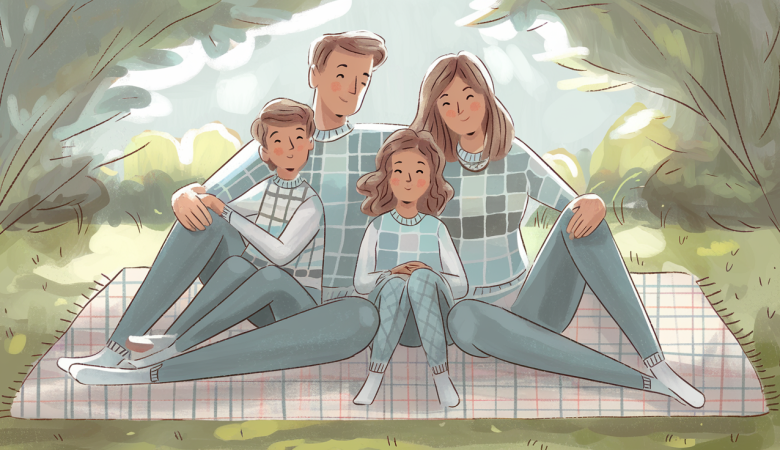
Leave a Reply